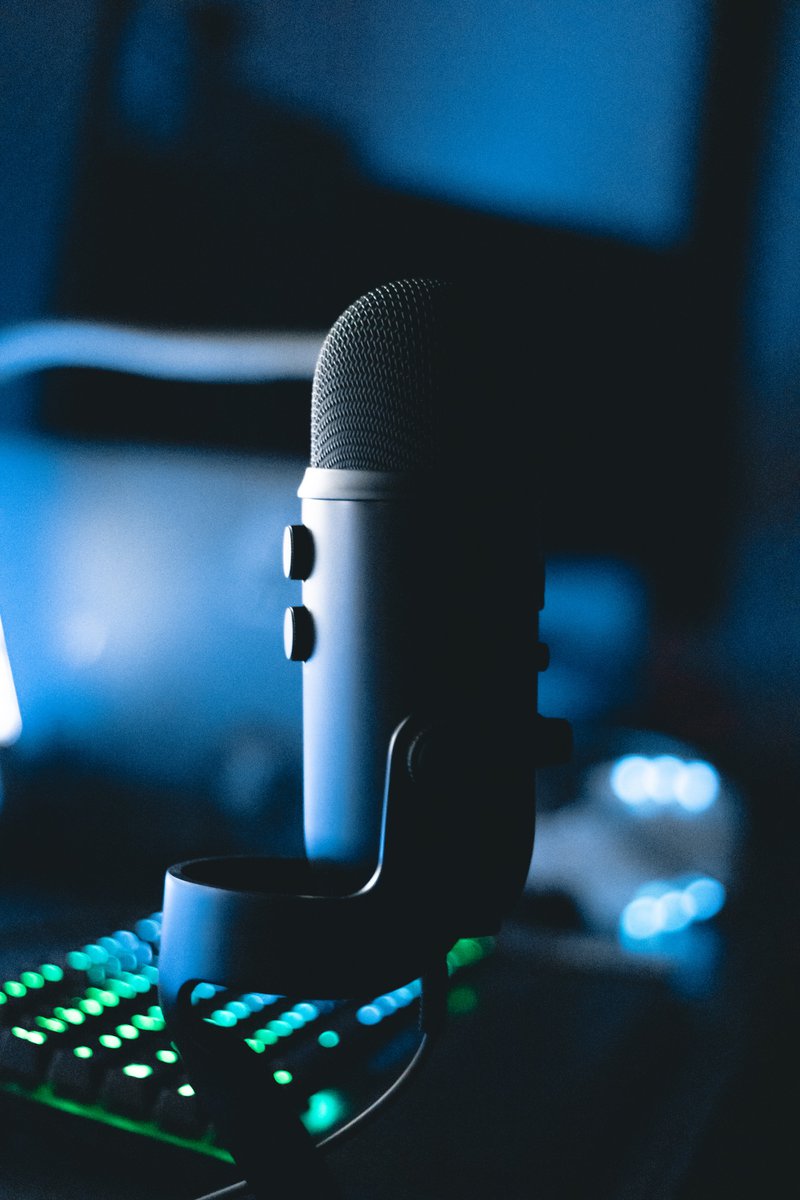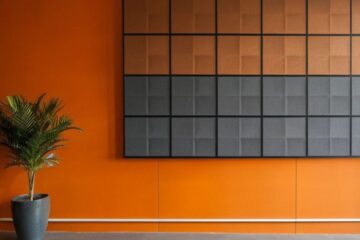Are you considering changing microphone setup for podcast recording ? I recently changed my recording setup from the ATR USB 2100 to a Blue Yeti microphone for your podcast recordings. There are a few issues that you may encounter, particularly if you are based in India. In this blog post, we will discuss some of the common challenges such as ambient noise, echo, and audio quality that you may face when using a new microphone.

Introduction
As a podcaster or audio enthusiast, setting up a home recording studio is a crucial step in creating high-quality content. One of the key components of a recording studio is the microphone, and it is essential to choose the right one for your specific needs. If you are considering changing your microphone setup from the ATR 2100 USB to the Blue Yeti microphone, there are a few things you should keep in mind.
ATR 2100 USB versus Blue Yeti Microphone
Firstly, it is essential to consider your recording environment and the type of content you produce. The ATR 2100 USB is a dynamic microphone, which is ideal for recording in a noisy environment as it picks up less background noise. On the other hand, the Blue Yeti is a condenser microphone, which is more sensitive and picks up more detail in sound. Therefore, if you record in a quiet space and want to capture every nuance of your voice, the Blue Yeti may be a better choice.
Secondly, the Blue Yeti offers more versatility in terms of recording patterns and connectivity options. It has four polar patterns, including cardioid, stereo, omnidirectional, and bidirectional, allowing you to adjust the microphone’s sensitivity and directionality according to your recording needs. Additionally, it has a USB and XLR output, giving you the option to connect it directly to your computer or use it with an audio interface for more professional recordings. These features make the Blue Yeti a more versatile and flexible option for podcasters and audio enthusiasts.
Ambient Noise
One of the primary concerns when recording podcasts is dealing with ambient noise. This can include background sounds like traffic, construction, or even household appliances. While the ATR USB 2100 may have provided some level of noise cancellation, it’s essential to assess whether the Blue Yeti microphone offers similar or better capabilities in reducing unwanted noise. Understanding how to optimize your recording environment by using soundproofing techniques or choosing quieter locations can significantly improve the overall audio quality.
Echo or Reverberation
Echo is another issue that podcasters often encounter when transitioning to a new microphone. It occurs when sound waves bounce off surfaces and create a repetitive effect in the recording. To minimize echo, consider adjusting your recording setup by adding acoustic panels or foam to absorb sound reflections. Additionally, experimenting with microphone placement and distance can help reduce echo and enhance audio clarity.

Audio Quality
The quality of your podcast audio is crucial for delivering an enjoyable listening experience to your audience. When switching microphones, it’s essential to evaluate whether the Blue Yeti provides better audio quality compared to the ATR USB 2100. Pay attention to factors such as frequency response, sensitivity, and signal-to-noise ratio. Conducting test recordings and comparing them side-by-side can help you determine which microphone setup for podcast recording produces superior results for your specific needs.
Parting Thoughts: Microphone Setup for Podcast Recording
Switching from one microphone to another can be an exciting but challenging process for podcasters. When considering a transition from the ATR USB 2100 to a Blue Yeti microphone, it’s important to be aware of potential issues such as ambient noise, echo, and audio quality. By addressing these challenges head-on and implementing appropriate solutions, you can ensure a seamless transition and continue creating high-quality podcast episodes. Changing your microphone setup from the ATR 2100 USB to the Blue Yeti can bring significant advantages to your podcast recording.
However, it is crucial to consider your specific needs and recording environment before making the switch. The Blue Yeti’s sensitivity and versatility make it a popular choice among podcasters and audio enthusiasts, but the ATR 2100 USB may still be a better fit for some. Remember, the success of your podcast ultimately depends on the content you deliver and the connection you establish with your audience. So, take the time to choose a microphone setup for podcast recording. Choose the one that that suits your recording environment and enhances your unique voice. Happy podcasting!
This blog post is a part of series of my posts on Podcasting. For other blogs in this series, visit here.
